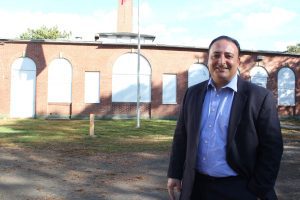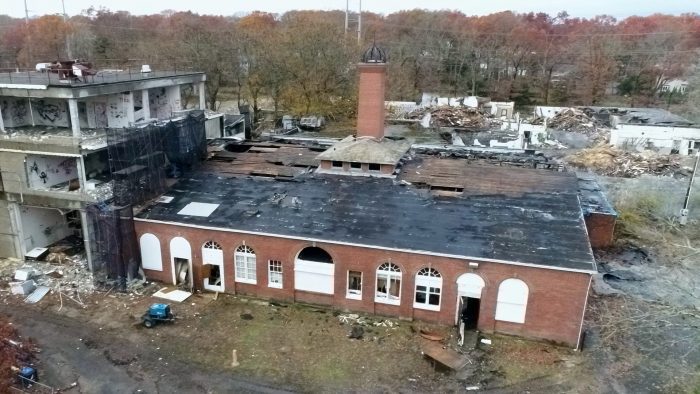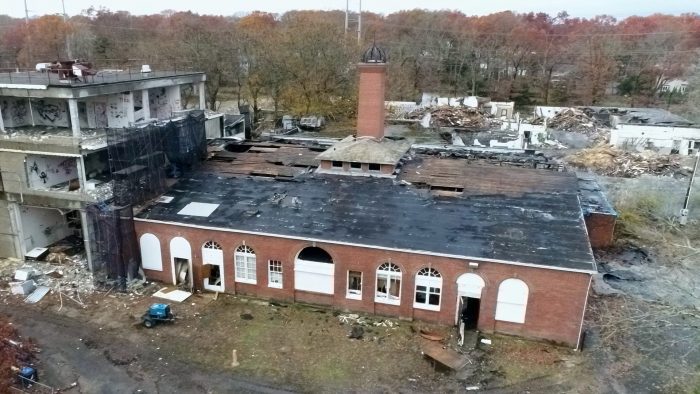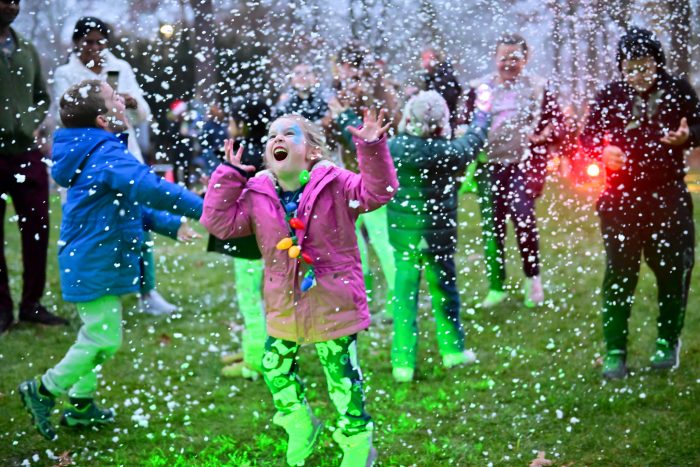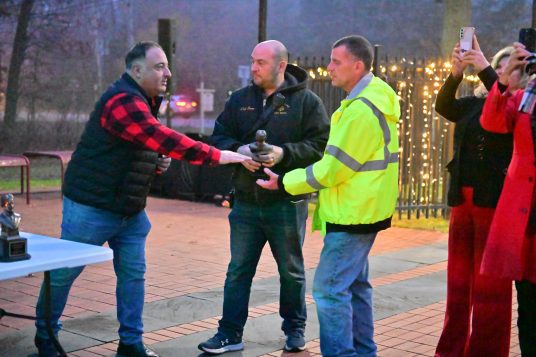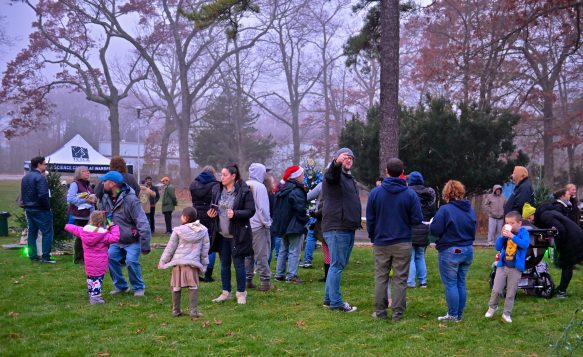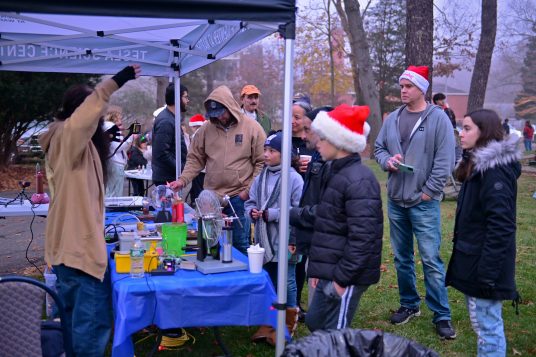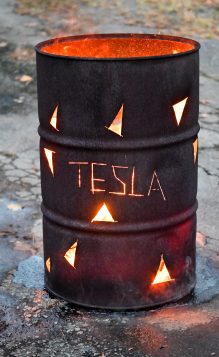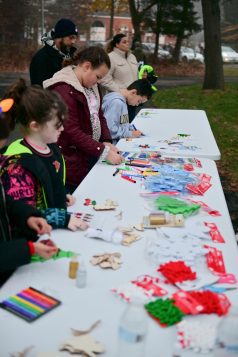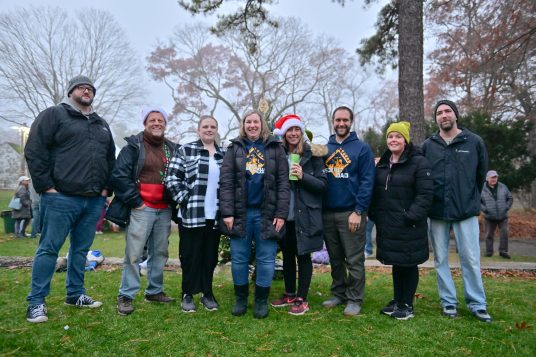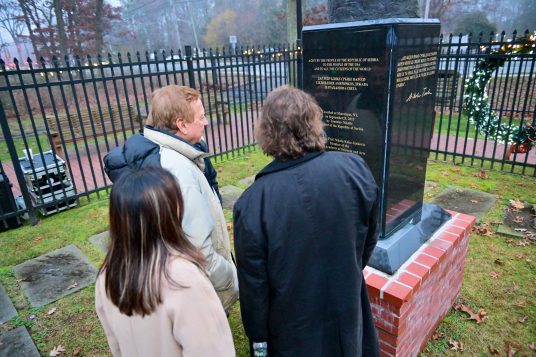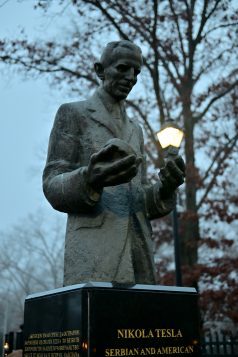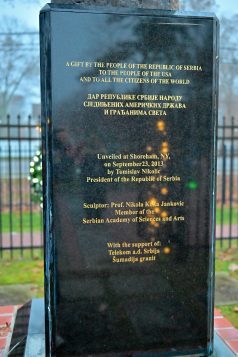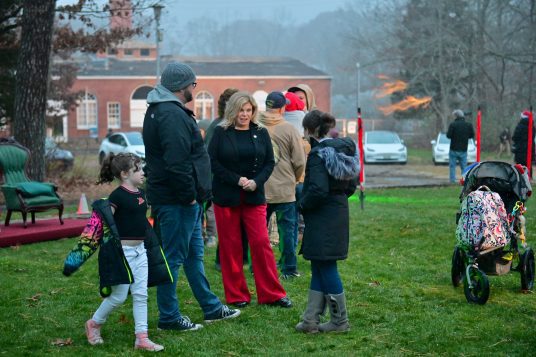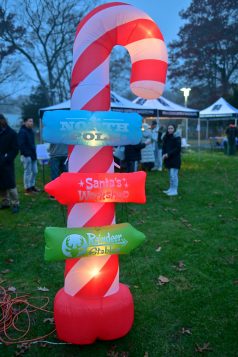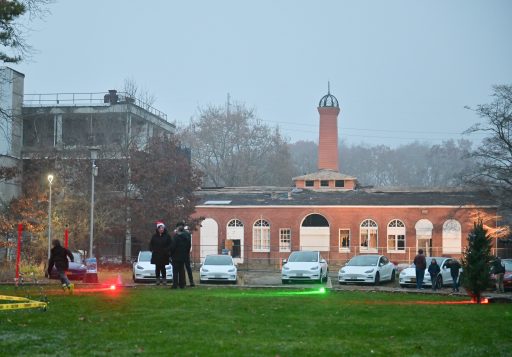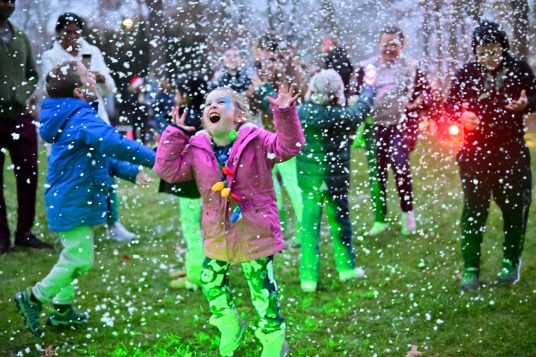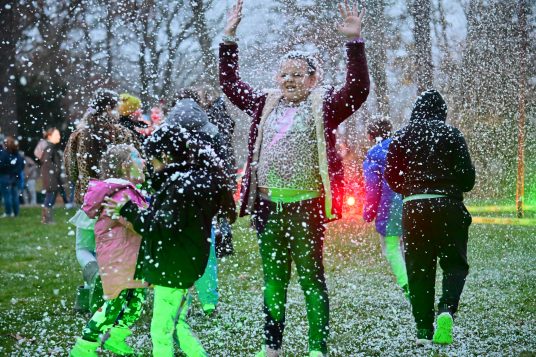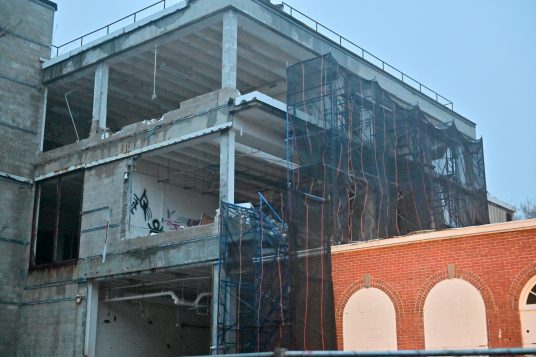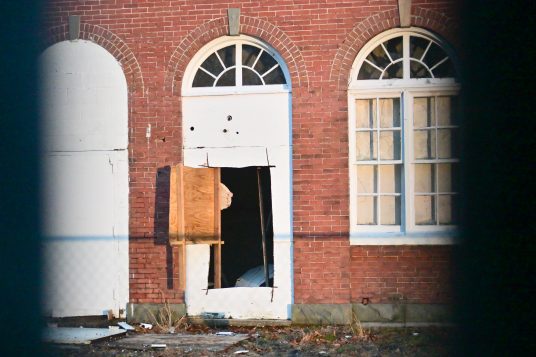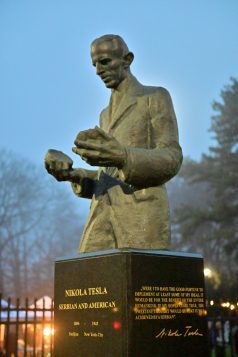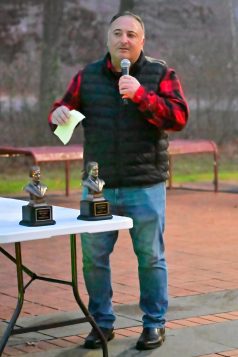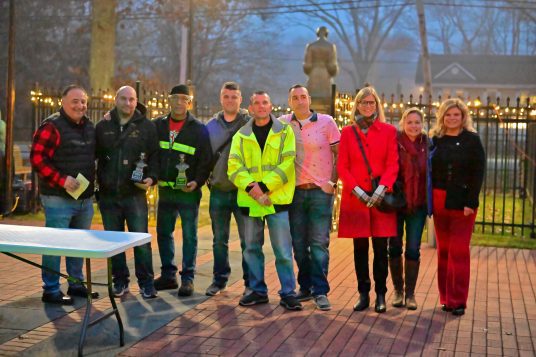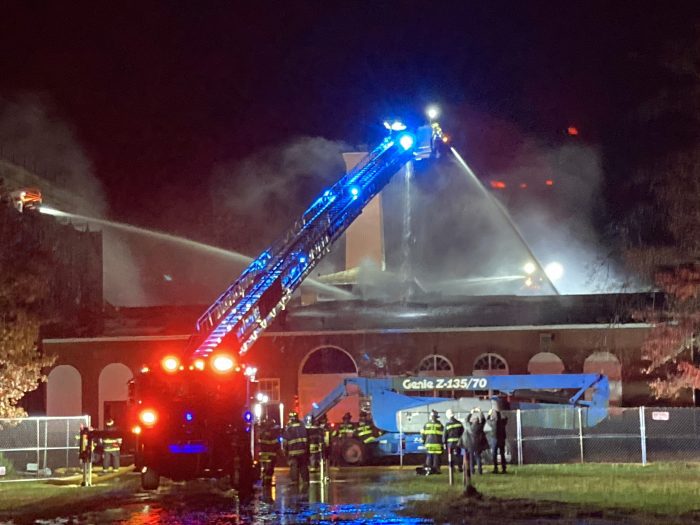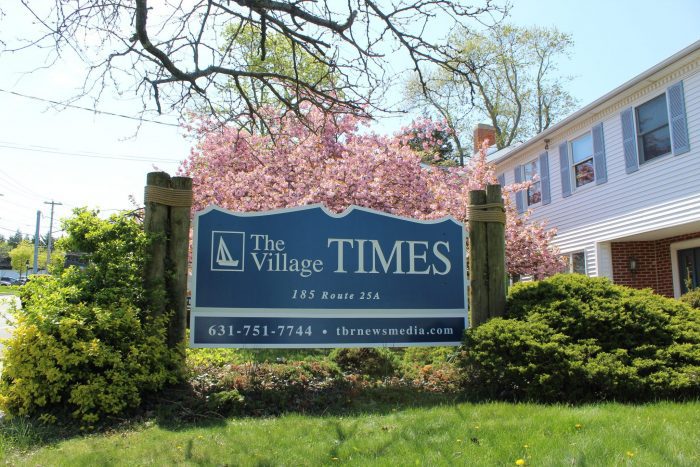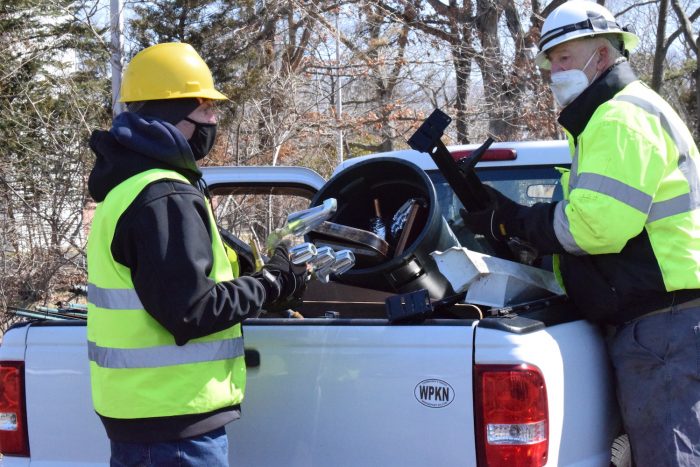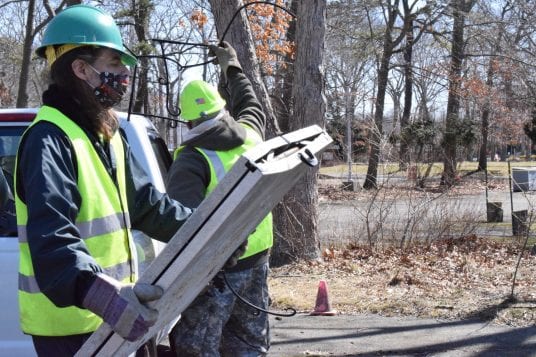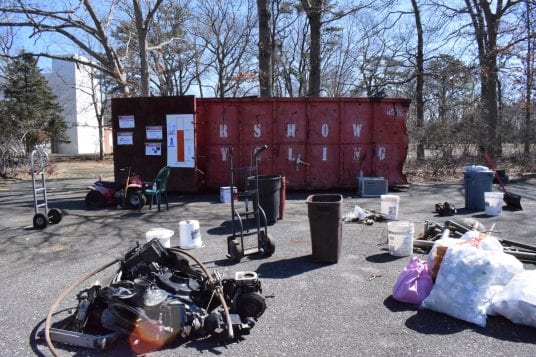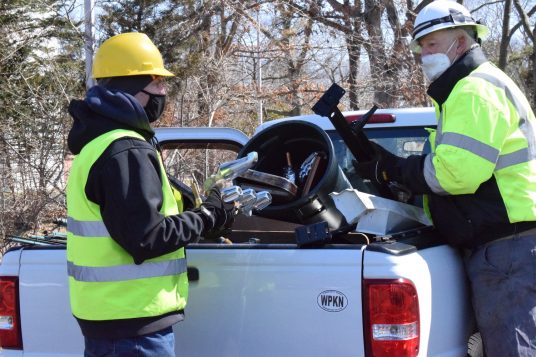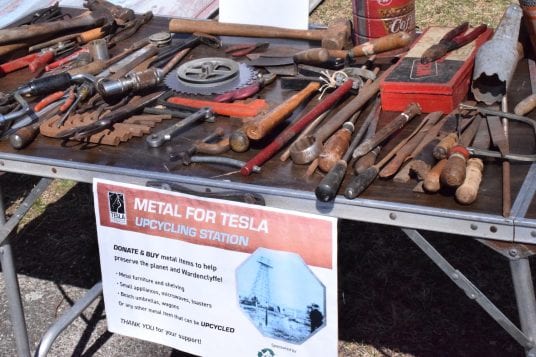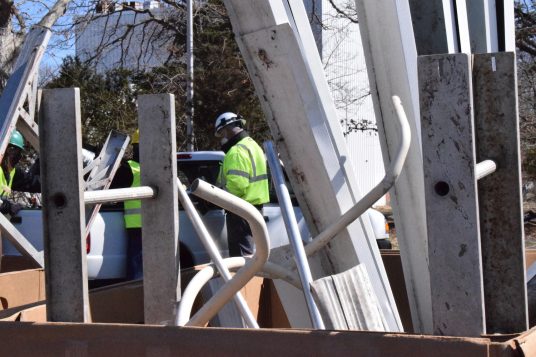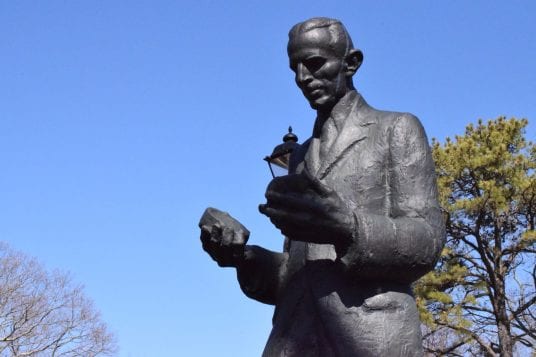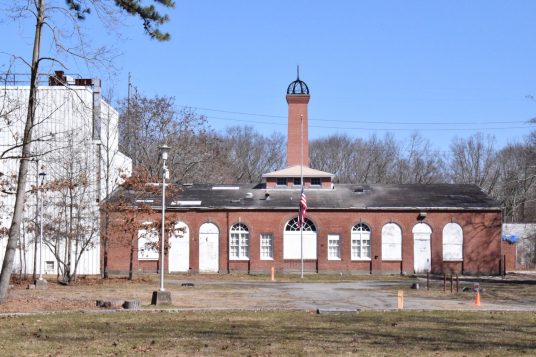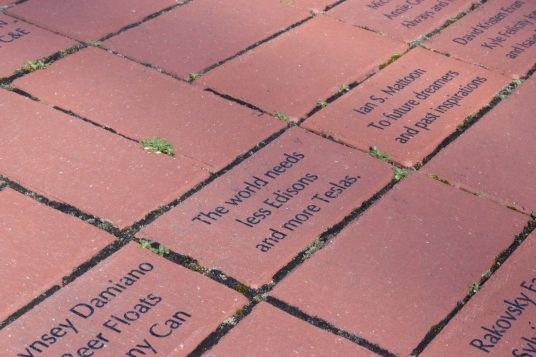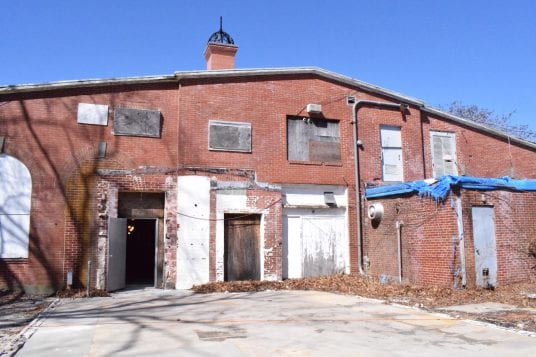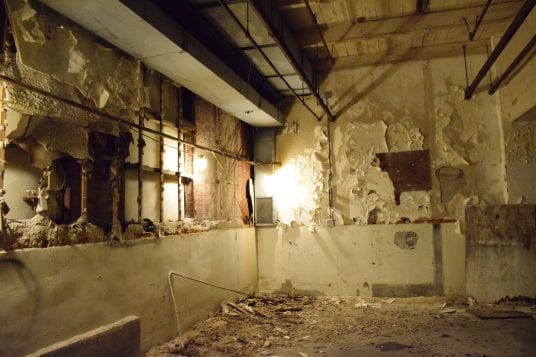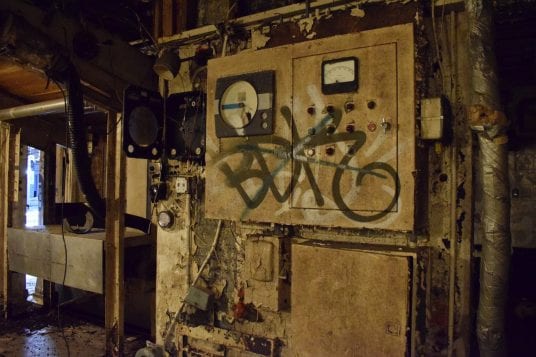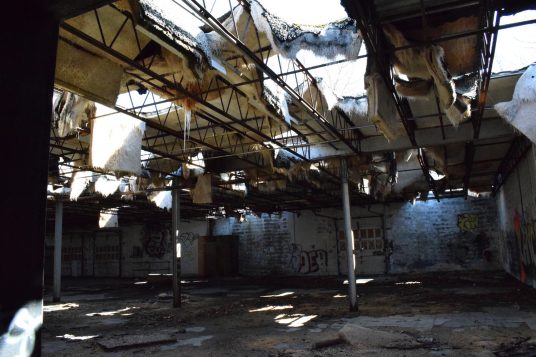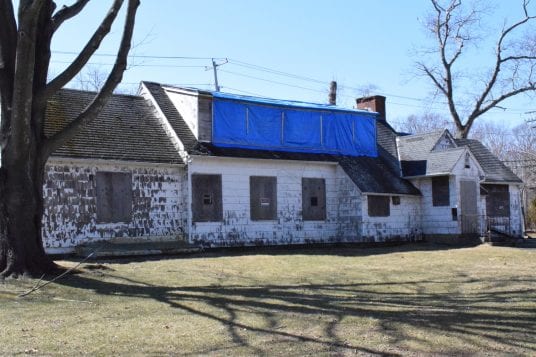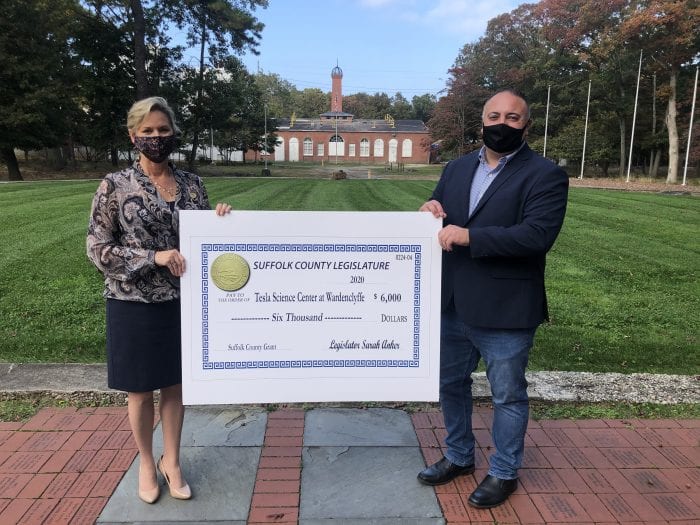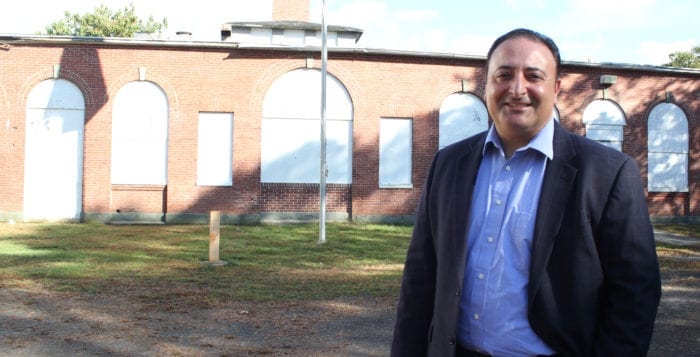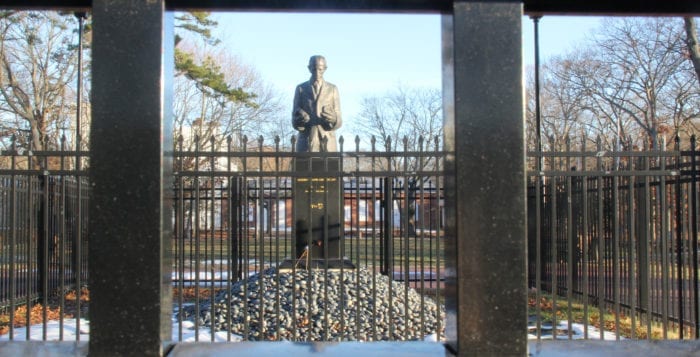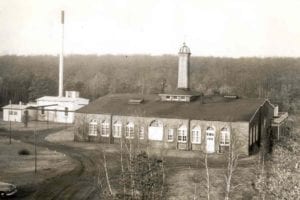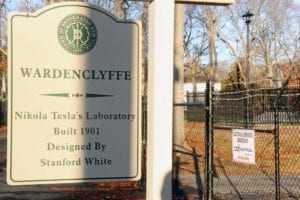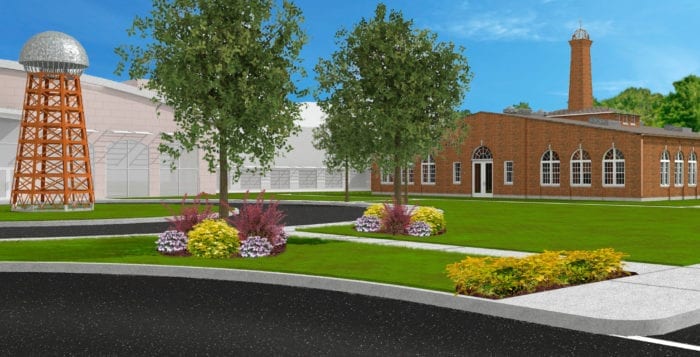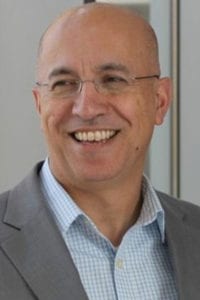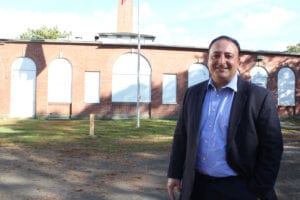Searching for answers in Three Village school district
I noted with interest a recent article in The Village Times Herald [“Ward Melville principal surprise inquiry to remain private,” Nov. 23], in which we were informed that the erstwhile principal of Ward Melville High School, William Bernhard, had been “reassigned,” and has been replaced by a former assistant principal.
And furthermore, we are told by Superintendent Kevin Scanlon that “parents should not expect more about the surprise reassignment and investigation, and “transparency is not possible.” Reassuringly, however, Scanlon went on to say that “parents have nothing to worry about regarding their children’s education.”
While I have no doubt that Superintendent Scanlon has our best interests at heart, I think we would be well advised to remember the admonition given to us by President Ronald Reagan [R], which was “Trust, but verify.” According to the article, “Due to federal and state privacy laws, district representatives can’t discuss personnel matters – and they won’t be able to even after the issue is resolved.” But surely this need not be taken seriously, all of the time, even though it may be a “law.” And at the federal level, the prohibition of information leaks has evolved into a sort of suggestion or recommendation, rather than something that is absolutely inviolable. For example, ask the Supreme Court clerk who leaked the draft of the Roe v. Wade decision, or U.S. Rep. Adam Schiff [D-CA30] who routinely leaks information from meetings, often while the meetings are still in session.
Board President Susan Rosenzweig has suggested that we avoid “percolating speculation and hearsay on social media.” Accordingly, I have undertaken my own reliable research, and I have learned that Bill Bernhard was and still is an outstanding and highly respected math teacher, at the junior high school, senior high school and college levels. He currently teaches math courses at Stony Brook University, which begin at 2:30 p.m. after the high school classes have been completed. His grade on the SBU Rate My Professors website is 4.8 (out of 5), which is remarkably good. And I have it on good authority that Bill Bernhard has been seen in the Emma Clark Library, enthusiastically explaining the vagaries of higher mathematics to young students, and doing it very well.
It really is disappointing to learn from our elected officials that we can never hope to learn the true story about the unfortunate loss of a great teacher. Let us hope that they are mistaken.
George Altemose
Setauket
Containment efforts and plans for restoration at Tesla Science Center
As many of you are aware, our beloved Tesla Science Center at Wardenclyffe was struck by a serious fire last night [Nov. 21].
Over 100 firefighters from 11 departments responded to the blaze, demonstrating extraordinary courage and determination throughout the night. To these heroes, we owe a debt of gratitude beyond words. We are immensely grateful for their commitment and bravery.
Given the ongoing activity, we strongly urge everyone to avoid visiting the site for your safety and to allow emergency services to operate unimpeded. We promise to keep you informed through regular updates on our website and social media channels.
The full extent of the damage is yet to be determined. In the coming days, our site engineer, historical architect and structural engineer, along with the Suffolk County Police Department, the Brookhaven Town fire marshal and the county’s Department of Fire, Rescue and Emergency Services, will conduct a thorough assessment. Their insights will be crucial in shaping our ongoing plans to restore and rebuild this historic landmark.
It brings a sense of relief to share that the structural integrity of the building, dating back to 1901, seems to have withstood the ordeal. This resilience is a testament to its original robust construction and durability.
We recognize the profound emotional impact this incident has had on our community and on our supporters from around the world. Rest assured, our commitment to transparency remains steadfast. We will provide accurate, timely information, countering any misinformation that may arise.
It is also important to note that, while we were poised to begin a significant renovation and restoration project, construction had not yet commenced, sparing us from additional complexities at this stage.
For ongoing updates and verified information, please visit our website at teslasciencecenter.org. Your support and understanding in these challenging times are invaluable. Together, we will navigate this crisis and emerge stronger, honoring the legacy of Nikola Tesla and the spirit of innovation, determination and resiliency that this center embodies.
Marc Alessi
Executive Director
Tesla Science Center at Wardenclyffe
Potential environmental and health risks of proposed railyard
Ads have appeared weekly on behalf of the Kings Park Rail transfer facility near Town Line Road and Old Northport Road. This would be privately-owned and run, accommodating waste, construction debris, incinerator ash, construction materials and anything else that can be shipped by rail to and away from Long Island. There are dozens of acres for tractor trailers and trucks, covered buildings and parking areas.
The latest Townline Rail ad discusses incinerator ash. It states household trash “which we all create” is burned. Incinerators also burn waste from businesses and industries which include chemicals, heavy metals, medical waste, electronics, batteries, pesticides, poisons, fluorescent bulbs, radioactive waste, carcinogenic asbestos and more. Some of the aforementioned are supposed to be banned but they can get into the waste stream anyway.
The ad states incinerator ash is not classified as a USDOT toxic material. Really? The 2017 DEC Huntington incinerator emissions statement includes quantities of the carcinogens, birth-defect-causing and neurological toxins like benzene, formaldehyde, PCBs, dioxins, lead, manganese, mercury, nickel, arsenic, beryllium, cadmium, zinc, hydrogen chloride, sulfuric acid, hydrogen fluoride, ammonia, tetrachlorodibenzofuran, particulates (carbon, silica), volatile organic compounds, aromatic hydrocarbons and more.
Incinerator ash is one of the most highly toxic and poisonous substances composed of superconcentrated hazardous materials. Spills, accidents and derailments occur. Rain-washed ash is dispersed. Explosions and fires are possible. Winds distribute ash particles when doors are open and in transit by trains and trucks. Furthermore, this is over a Suffolk County Department of Health Services-designated Article 7 deep recharge aquifer protection zone.
Do we want piles of this poisonous, cancerous material over our sole source of drinking water? This facility does not have to exist. It is a for-profit venture by the landowner. There are many residents, schools and health facilities in the area. The region’s drinking water, not to mention quality of life, are in jeopardy.
Public officials have a duty to protect us.
Mark Sertoff
East Northport
Thank you, voters
Dear Neighbor,
Thank you, voters of the 13th Legislative District, for reelecting me to the Suffolk County Legislature for my sixth term.
I appreciate your giving me the opportunity to serve you, and I will continue to be committed to ensuring the safety of our neighborhoods, exposing corruption and waste in county government, preserving open space and promoting economic development.
I look forward to working together with our new county executive-elect, Ed Romaine [R], and my colleagues to maintain and enhance our communities and to protect our taxpayers.
Again, thank you for your vote of confidence, and I look forward to working on your behalf.
Rob Trotta (R-Fort Salonga)
Suffolk County Legislator
13th Legislative District
Concerns over ethics overhaul in PJV
I am writing to express my concerns about the proposed ethics code for the Village of Port Jefferson. The establishment of an ethics counsel and the formulation of a new code have raised several questions that need to be addressed for the sake of transparency and fairness.
Firstly, it’s essential to understand who initiated the idea of appointing an ethics counsel and the specific instances that led to this decision. Have there been significant ethical breaches by past or current staff members that warrant this action?
Furthermore, the role of an on-call ethics counsel seems redundant considering the resources and guidance available through NYCOM [New York Conference of Mayors], a benefit of our membership in this statewide organization. One must ask if such an appointment is truly necessary or if it’s an added layer of bureaucracy and cost.
The goal of any ethics code should be clarity and ease of interpretation, minimizing the need for constant legal advice. However, the proposed code seems to leave much room for subjective interpretation and potential abuse. This ambiguity does not serve the residents of Port Jefferson but instead appears to protect the very entity to whom it is meant to govern.
A comparative analysis with other well-established ethics codes, like those in Suffolk County and New York City, might offer better models for us to follow. These codes are comprehensive, clear, and have stood the test of time and legal challenges.
In summary, the proposed ethics code and the appointment of an ethics counsel raise more questions than they answer. The residents of Port Jefferson deserve a code that is clear, fair and impartial, one that upholds the highest standards of ethics and governance.
Traci Donnelly
Port Jefferson
Open letter on Harborfront Park walkways
Dear Mayor Sheprow,
I am writing to express vehement opposition to the current asphalt paving project at Jeanne Garant Harborfront Park in Port Jefferson. The decision to pave every pathway in the park with asphalt, extending to the waterfront, is deeply concerning for a multitude of reasons. Asphalt is notorious for its heat retention, posing a significant risk to pets and children who regularly utilize the park. Additionally, its impermeability is a known contributor to flooding, particularly problematic given our proximity to the waterfront.
A committee of 60 residents under the leadership of former Mayor Jeanne Garant worked to design the park and former resident, Bob Tumilowicz, worked tirelessly to engineer this park. The original plan (dated Aug 1, 2022) did not call for the northern-most walkway to be touched, just the paths interior to the park. In particular, drainage of the grassy areas and crushed bluestone pathways was critical. They required careful consideration to prevent runoff and erosion. So the park was designed with deep underground trenching that contains perforated plastic pipe covered with gravel and crushed bluestone on top. This bluestone, gravel and underground piping allows for proper flow of rain and stormwater buildup.
Aesthetically, the use of asphalt in what is fundamentally a natural, nonurban space undermines the park’s natural beauty. It’s perplexing why alternatives that blend more harmoniously with the environment, like grasscrete, a permeable stamped concrete, were not seriously considered. These materials offer the added benefit of permeability, preventing water runoff and associated flooding, and are much more in tune with the park’s natural setting. If the water can’t be absorbed, it will run off, pool up and/or cause damage to the greenspaces or worse.
Your step toward using asphalt for all the pathways, including the one in which the main sculpture stands, is not necessary and is harmful to the environmental well-being and engineered design of the park. I, for one, stand against the asphalting of the park – a turn toward the hardening of the face of the village in spite of the hard work the original 60 members of the Harborfront Park committee put in when considering the beautification of this prime waterfront jewel.
Margot Garant
Port Jefferson
Editor’s note: The writer served as mayor of Port Jefferson from 2009-23.
